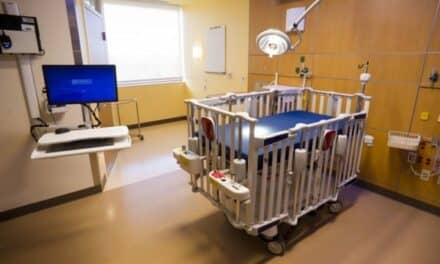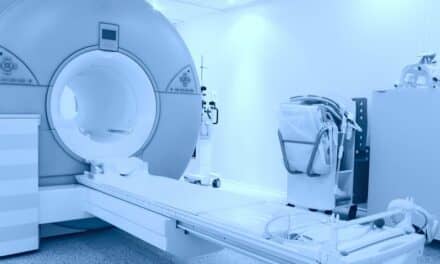A new analysis of more than 2 million patient visits and encounters from 228 hospitals in 40 states by Strata Decision Technology (Strata) reveals just how significant the wave of delayed care is that has built up during the COVID-19 pandemic.
Strata analyzed 2 million patient visits and procedures from 51 healthcare delivery systems in 40 states, with varying rates of COVID-19 cases in their 228 hospitals. Analysts then compared patient encounters during a two-week period in March and April to the comparable period last year.
The analysis reveals that across all service lines and in every region of the country there was an average decrease in the number of unique patients who sought care in a hospital setting of 54.5%. The sharp drop in encounters is linked to the cancelation of elective surgeries during this time period, along with resource constraints and ongoing concerns for the safety of patients and staff.
Millions of patients who put off care or had it delayed during the pandemic can soon be expected to flood hospitals and physician offices seeking care. Clinical service lines that saw the sharp drops in patient encounters included those with life-threatening illnesses such as a 57% decrease in cardiology, and a 55% decrease in breast health, with a 37% decline in cancer care overall. Many facilities will likely be hard-pressed to handle the resulting surge in patients while simultaneously maintaining capacity for COVID-19 patients.
Major Declines in Top 10 Inpatient Procedures
Inpatient procedures and surgeries account for the majority of revenue for hospitals. The top 10 procedures account for more than 50% of the total payments made to hospitals. In this category, there were significant declines in the number of hip (-79%) and knee (-99%) replacement surgeries, as well as in spinal fusions (-81%) and repair of fractures (-38%).
Coronary stents (-44%) and diagnostic catherization (-65%) also saw significant declines. Overall diagnostic volume declined by 60%. Both normal delivery (1%) and C-section (2%) saw increases. Mechanical ventilation increased by 24%, due to treatment of COVID-19 patients.
Reduction in the Number of People Accessing Care
Among the findings are significant recent reductions in patient encounters (both inpatient and outpatient) for so-called elective care, which is crucial to maintaining the health of millions of Americans. Access to clinical care for patients with life-threatening conditions declined significantly, including congestive heart failure (-55%), heart attacks (-57%) and stroke (-56%). Access by patients for chronic conditions also fell for patients with hypertension (-37%) and diabetes (-67%).
“Hospitals across the country are eager to open their doors to elective procedures so they can serve their community, care for their patients, and survive economically, but how they get there is literally a hundred-billion-dollar question,” says Dan Michelson, CEO of Strata Decision Technology.
“Many facilities will likely be hard-pressed to handle the surge while simultaneously maintaining capacity for COVID-19 patients,” he adds. “Having visibility into patient volumes across all of their service lines is key to understanding how to safely engage patients while balancing the clinical, operational, and financial complexity and pressures imposed by COVID-19.”





